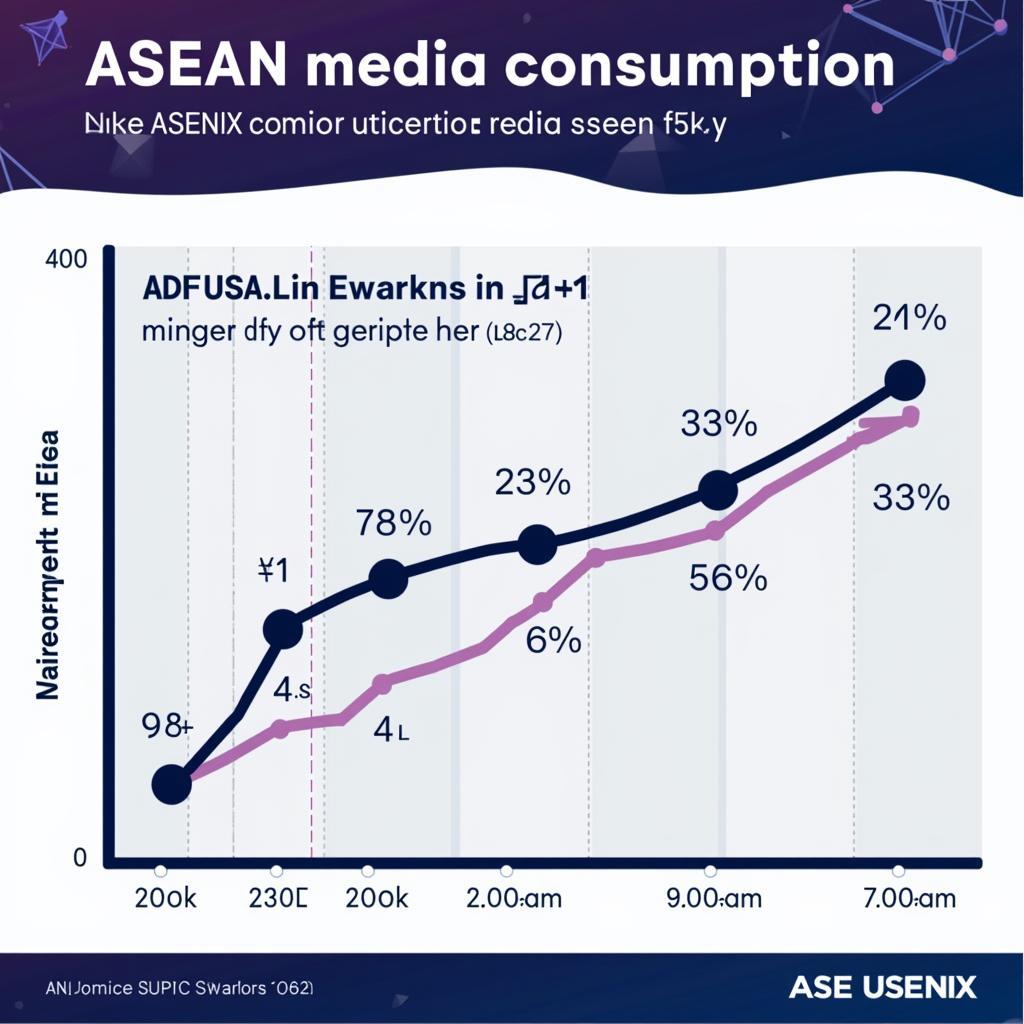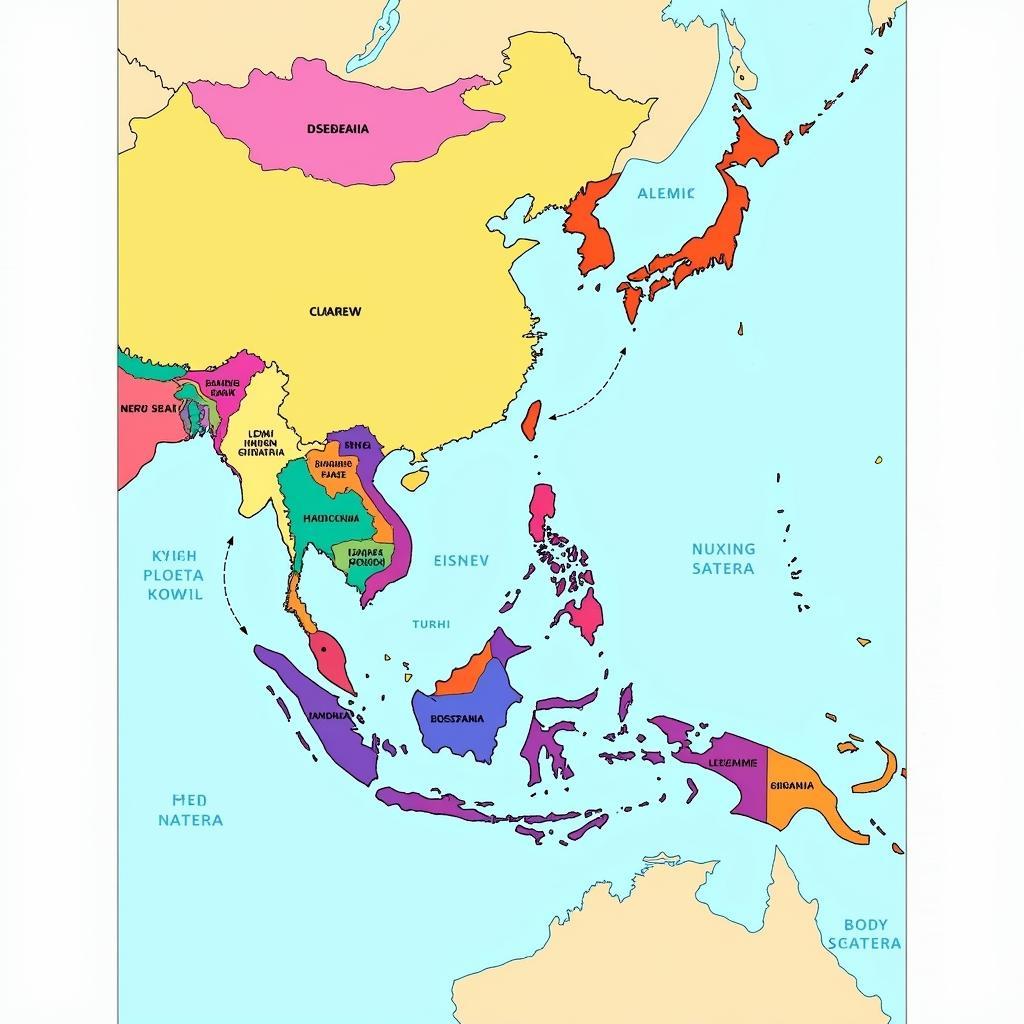The terms “ASEAN” and “SAARC” often pop up together in international relations discussions, especially for those preparing for the UPSC exam. While both represent regional organizations in Asia, understanding their distinct characteristics, objectives, and operational frameworks is crucial. This article delves into the nuances of ASEAN and SAARC, providing valuable insights for UPSC aspirants.
Deciphering ASEAN: Association of Southeast Asian Nations
Established in 1967, ASEAN comprises ten Southeast Asian nations: Brunei, Cambodia, Indonesia, Laos, Malaysia, Myanmar, the Philippines, Singapore, Thailand, and Vietnam. The association aims to accelerate economic growth, promote social progress, and foster cultural development within the region.
Key Features of ASEAN:
- Focus on Economic Cooperation: ASEAN prioritizes economic integration, evident through initiatives like the ASEAN Free Trade Area (AFTA) and the Regional Comprehensive Economic Partnership (RCEP).
- Political and Security Dialogue: The ASEAN Regional Forum (ARF) exemplifies the platform for discussing political and security issues, promoting peace and stability.
- Emphasis on Consensus-Based Decision Making: ASEAN operates on a principle of consensus, ensuring all member states have a voice and decisions are mutually agreeable.
Understanding SAARC: South Asian Association for Regional Cooperation
Founded in 1985, SAARC comprises eight countries in South Asia: Afghanistan, Bangladesh, Bhutan, India, the Maldives, Nepal, Pakistan, and Sri Lanka. The organization focuses on promoting welfare, economic self-reliance, and collaboration among its member states.
Key Features of SAARC:
- Developmental Focus: SAARC emphasizes social development, poverty alleviation, and addressing shared challenges like climate change and natural disasters.
- Cultural Exchange Programs: Promoting cultural understanding and cooperation through festivals, exchanges, and initiatives like the SAARC University.
- Limited Trade Integration: Compared to ASEAN, SAARC has achieved less in terms of economic integration due to political complexities and bilateral tensions.
Key Differences: ASEAN vs. SAARC
While both organizations strive for regional cooperation, several factors differentiate their approaches and outcomes:
- Geographical Focus: ASEAN encompasses Southeast Asia, while SAARC covers South Asia.
- Economic Integration: ASEAN boasts greater success in economic integration with initiatives like AFTA, while SAARC faces more obstacles.
- Political Climate: ASEAN benefits from relatively stable political relationships among its members. In contrast, SAARC grapples with historical tensions and political complexities, hindering its progress.
Conclusion:
Comprehending the nuances of ASEAN and SAARC is crucial for UPSC aspirants. While both strive for regional cooperation, their geographical focus, levels of economic integration, and political climates shape their distinct trajectories. By analyzing their differences, aspirants can develop a nuanced understanding of regional dynamics in Asia, enriching their knowledge base for the UPSC examination.
FAQs:
1. What is the primary difference between ASEAN and SAARC?
The primary difference lies in their geographical focus, with ASEAN focusing on Southeast Asia and SAARC encompassing South Asia.
2. Which organization has achieved greater economic integration?
ASEAN has achieved greater economic integration, evident through initiatives like AFTA and RCEP.
3. Why has SAARC faced challenges in economic cooperation?
Political complexities and historical tensions between member states, particularly between India and Pakistan, have hindered economic progress within SAARC.
Need further assistance? Contact us at Phone Number: 0369020373, Email: aseanmediadirectory@gmail.com or visit us at Thôn Ngọc Liễn, Hiệp Hòa, Bắc Giang, Việt Nam. Our customer support team is available 24/7.

